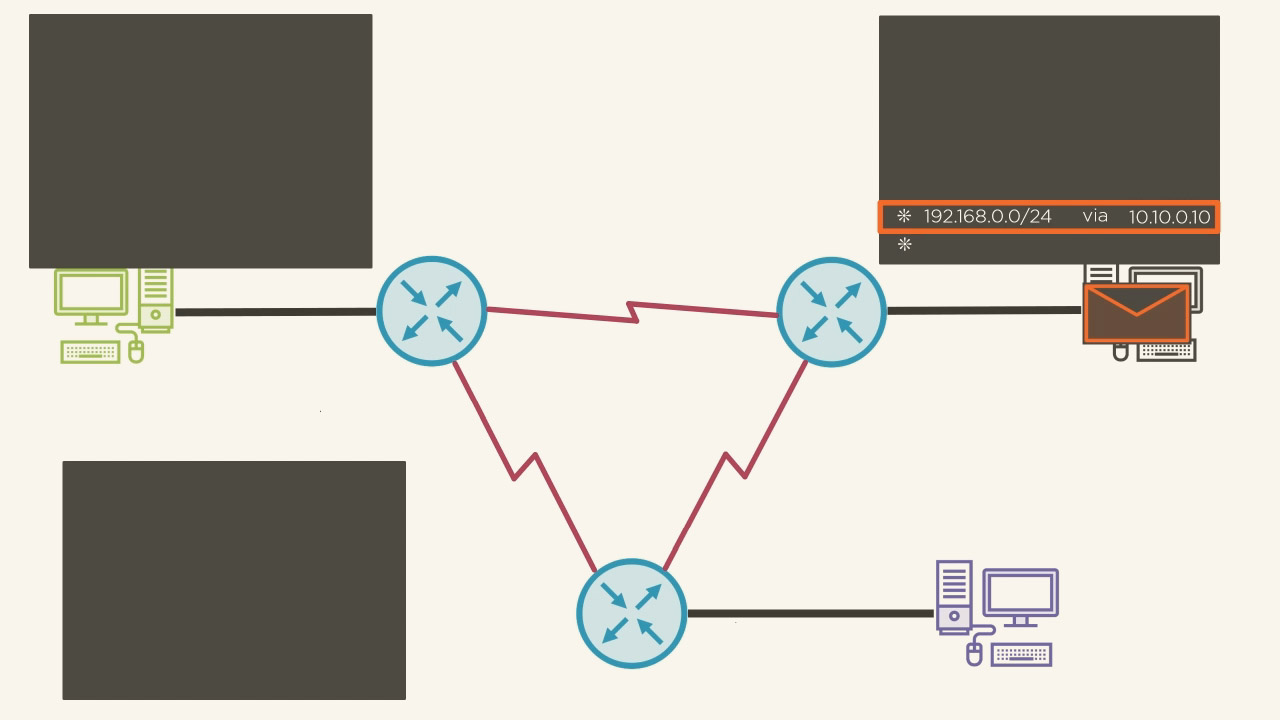- Course
Introduction to Dynamic Routing for Cisco CCNA 200-125/100-105
Dynamic routing protocols are often the core of an enterprise network. This course will introduce the concept of dynamic routing and then examine OSPF operations as well as configuring a network to use OSPF.

- Course
Introduction to Dynamic Routing for Cisco CCNA 200-125/100-105
Dynamic routing protocols are often the core of an enterprise network. This course will introduce the concept of dynamic routing and then examine OSPF operations as well as configuring a network to use OSPF.
Get started today
Access this course and other top-rated tech content with one of our business plans.
Try this course for free
Access this course and other top-rated tech content with one of our individual plans.
This course is included in the libraries shown below:
- Core Tech
What you'll learn
Routing protocols are used to exchange routing information between routers so that engineers do not need to maintain complex static routing plans. In this course, Introducing Dynamic Routing for Cisco CCNA 200-125/100-105, you will examine the different types of routing protocols and their operation. You will start with examining the behavior of a simple dynamic routing protocol, then examine RIP and OSPF. Next, you will implement OSPFv3 for IPv6 networks. Finally you will examine the OSPF neighbor table, OSPF link state data base, and routing table for both IPv4 and IPv6. By the end of this course, you'll be able to implement the OSPF routing protocol to allow your network to dynamically exchange routing information, and create a redundant network.

